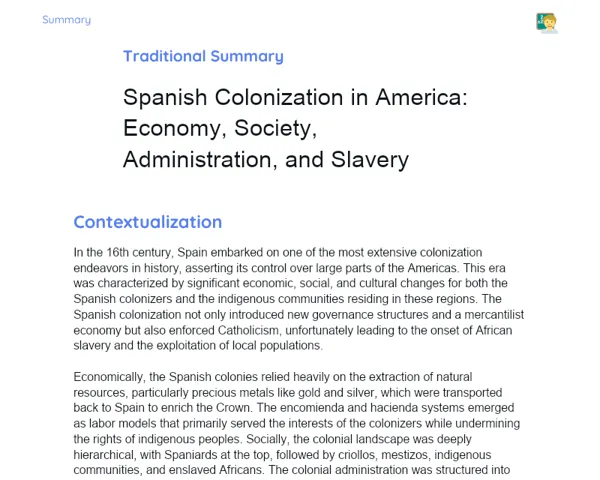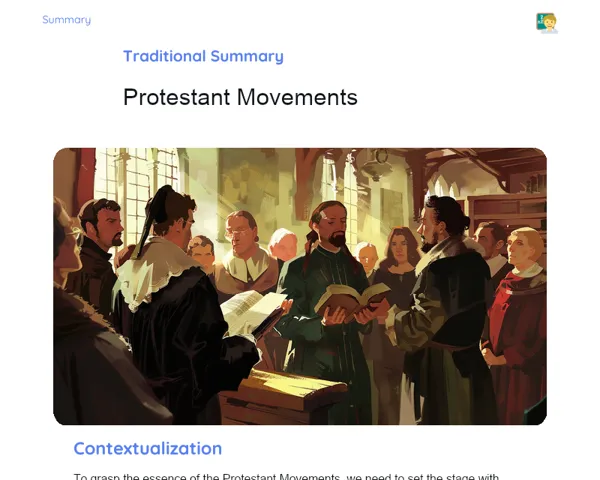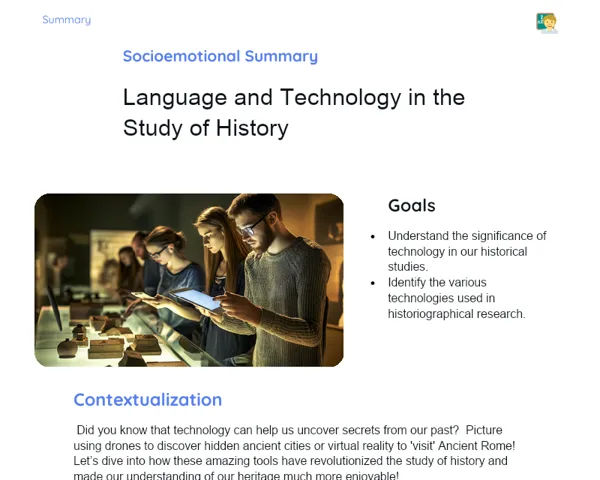Goals
1. To delve into the motivations behind the Cuban Revolution, considering both internal and external aspects.
2. To examine the relationship between Cuba and the USSR, along with the tensions with the USA.
3. To investigate the Cuban Missile Crisis of 1962 and the events surrounding the Bay of Pigs invasion.
Contextualization
The Cuban Revolution, occurring from 1953 to 1959, marked a pivotal moment in 20th-century history that significantly reshaped global geopolitics. Spearheaded by leaders like Fidel Castro and Che Guevara, this revolutionary movement dismantled Fulgencio Batista's oppressive regime and set up a socialist government in Cuba. This event had far-reaching implications not just for Cuba's domestic policies, but also for international relations, particularly during the Cold War. The Cuban Missile Crisis of 1962 brought the world perilously close to nuclear war, while the Bay of Pigs invasion highlighted the heightened rivalries between Cuba and the USA. These occurrences are extensively discussed in International Relations and Political Science classes because of their enduring impact and the lessons they offer for today's political landscape.
Subject Relevance
To Remember!
Motivations of the Cuban Revolution
The Cuban Revolution emerged from a mix of internal discontent and external influences. Domestically, there was widespread frustration with Batista's regime, marked by corruption, social disparity, and restricted political freedoms. On a global scale, the Cold War backdrop and the sway of socialist ideologies significantly shaped the revolutionary sentiments.
-
Public anger against Batista's dictatorship.
-
Widespread social and economic inequality.
-
Impact of socialist ideologies and the Cold War framework.
Partnership between Cuba and the USSR
Post-revolution, Cuba forged a strategic partnership with the Soviet Union. This alliance proved vital for the survival of its socialist government, providing necessary economic, military, and political backing, particularly in light of the antagonism from the United States.
-
Support from the USSR in military and economic terms.
-
Strategic alliance shaped by the Cold War context.
-
Tensions and conflicts with the USA.
Cuban Missile Crisis of 1962
The Cuban Missile Crisis in 1962 was a significant inflection point during the Cold War, whereby the discovery of Soviet nuclear missiles in Cuba nearly ignited a nuclear confrontation between the USA and the USSR. This incident underscored the intense rivalry between superpowers and highlighted Cuba's critical position in global geopolitics.
-
Uncovering Soviet nuclear missiles in Cuba.
-
Heightened tension between the USA and the USSR.
-
Close calls with nuclear conflict and urgent negotiations for resolution.
Practical Applications
-
Case studies in International Relations courses reviewing Cold War dynamics and diplomatic strategies.
-
Political Science assignments focusing on the analysis of socialist regimes and their geopolitical impact.
-
Investigative journalism on the lasting impacts of the US economic blockade on Cuba.
Key Terms
-
Cuban Revolution: A revolutionary movement that brought down Fulgencio Batista's regime in 1959.
-
Fidel Castro: The Cuban revolutionary leader who served as prime minister and later president.
-
Che Guevara: A key revolutionary figure and close associate of Fidel Castro.
-
USSR: The Union of Soviet Socialist Republics, Cuba's primary ally post-Revolution.
-
USA: The United States of America, considered Cuba's main opponent during the Cold War.
-
Cold War: An era of geopolitical tension between the USA and USSR, influencing various global conflicts.
-
Missile Crisis: The 1962 standoff between the USA and USSR, triggered by Soviet missile placement in Cuba.
-
Bay of Pigs Invasion: A failed operation by US-backed Cuban exiles to overthrow Fidel Castro's government in 1961.
Questions for Reflections
-
How can public discontent and societal conditions spark revolutionary movements?
-
In what ways do strategic alliances, such as Cuba's with the USSR, shape international politics?
-
What insights does the Cuban Missile Crisis of 1962 offer for resolving modern international disputes?
Analyzing the Cuban Missile Crisis of 1962
This hands-on challenge is designed to deepen students' comprehension of the Cuban Missile Crisis of 1962, emphasizing the significance of negotiation and critical thinking.
Instructions
-
Form groups of 3 to 4 students.
-
Each group should take on the role of one of the three involved nations: USA, USSR, or Cuba.
-
Research the events and stances of each country during the Missile Crisis.
-
Simulate negotiations to resolve the crisis, articulating arguments and suggesting solutions.
-
Document the key discussion points and resolutions reached.
-
Prepare a concise presentation to share your findings with the class.



